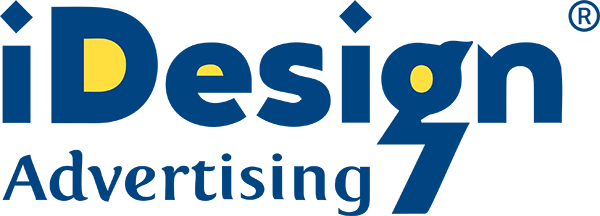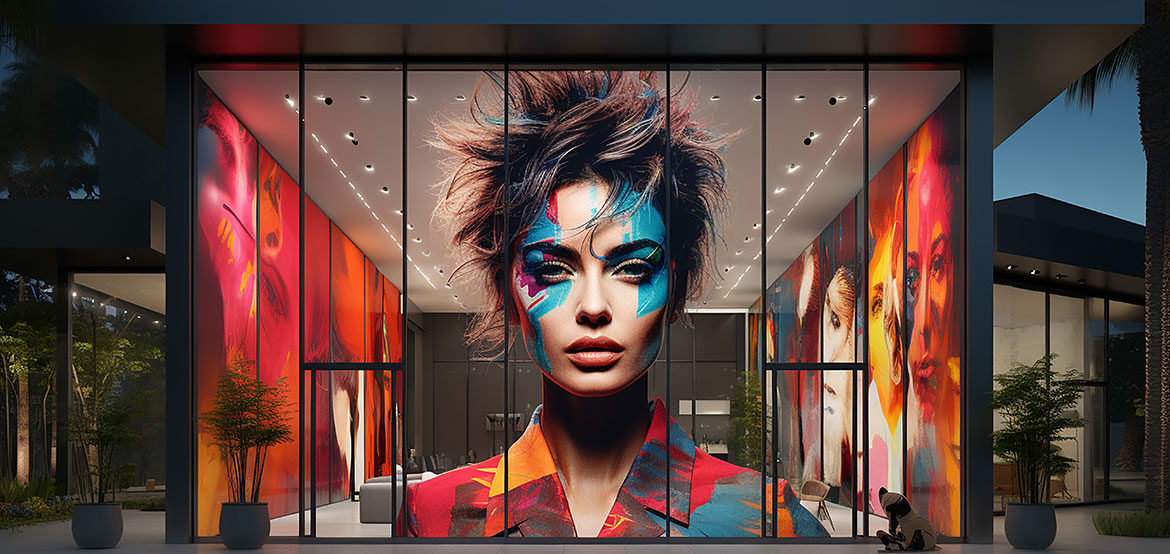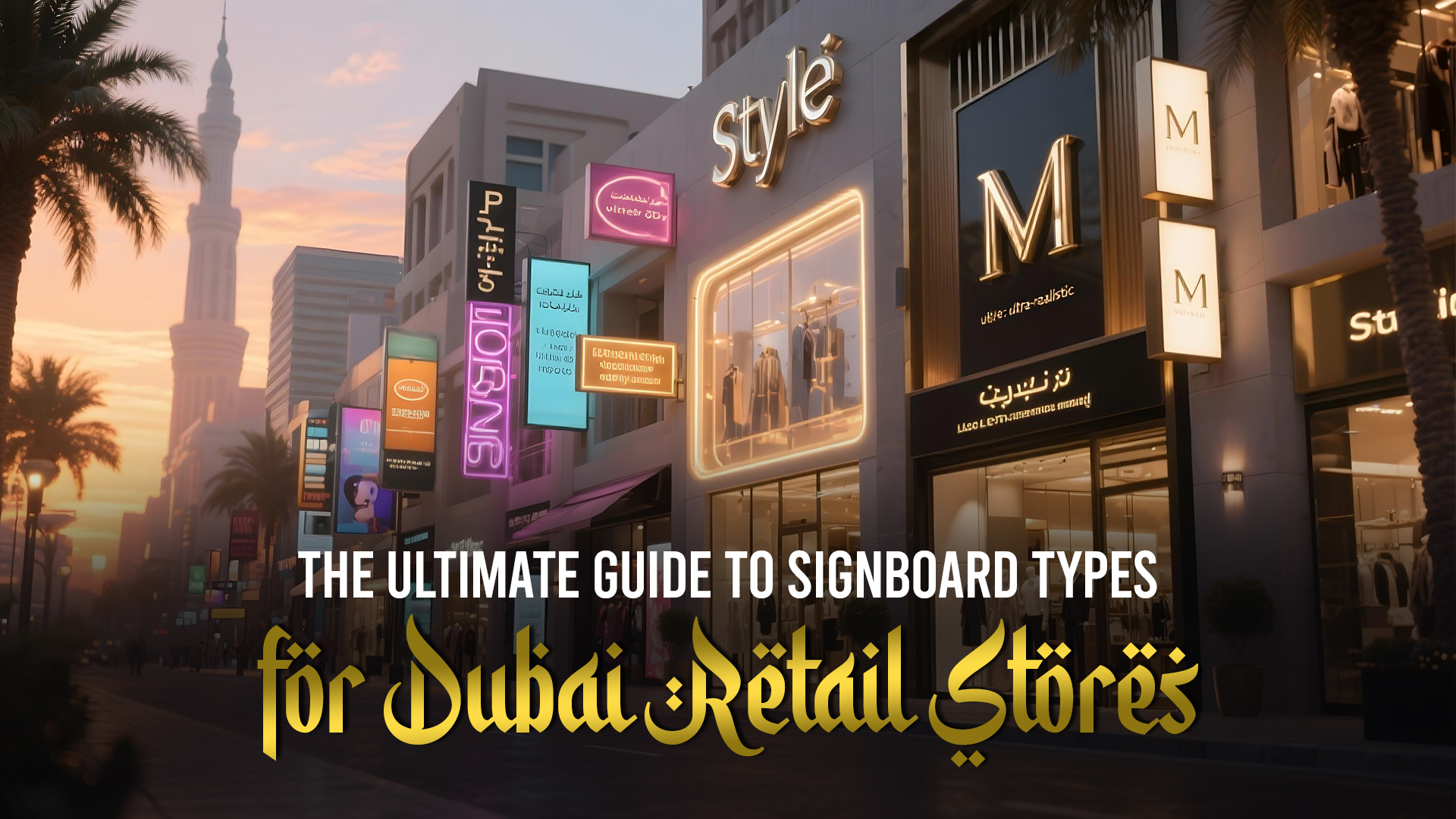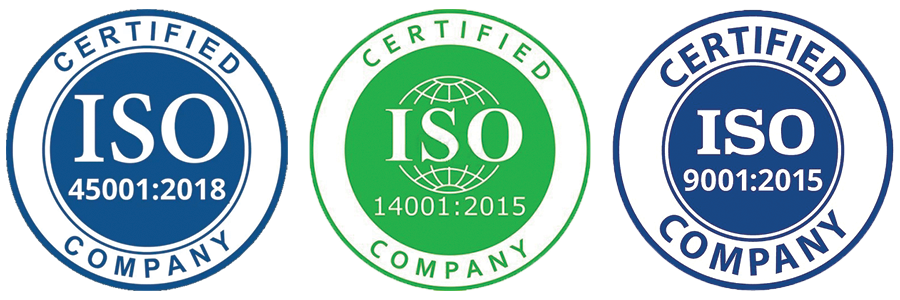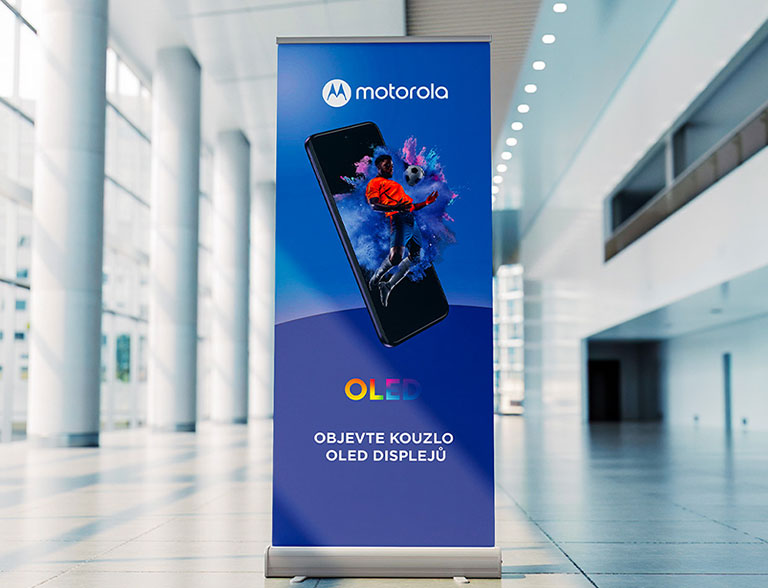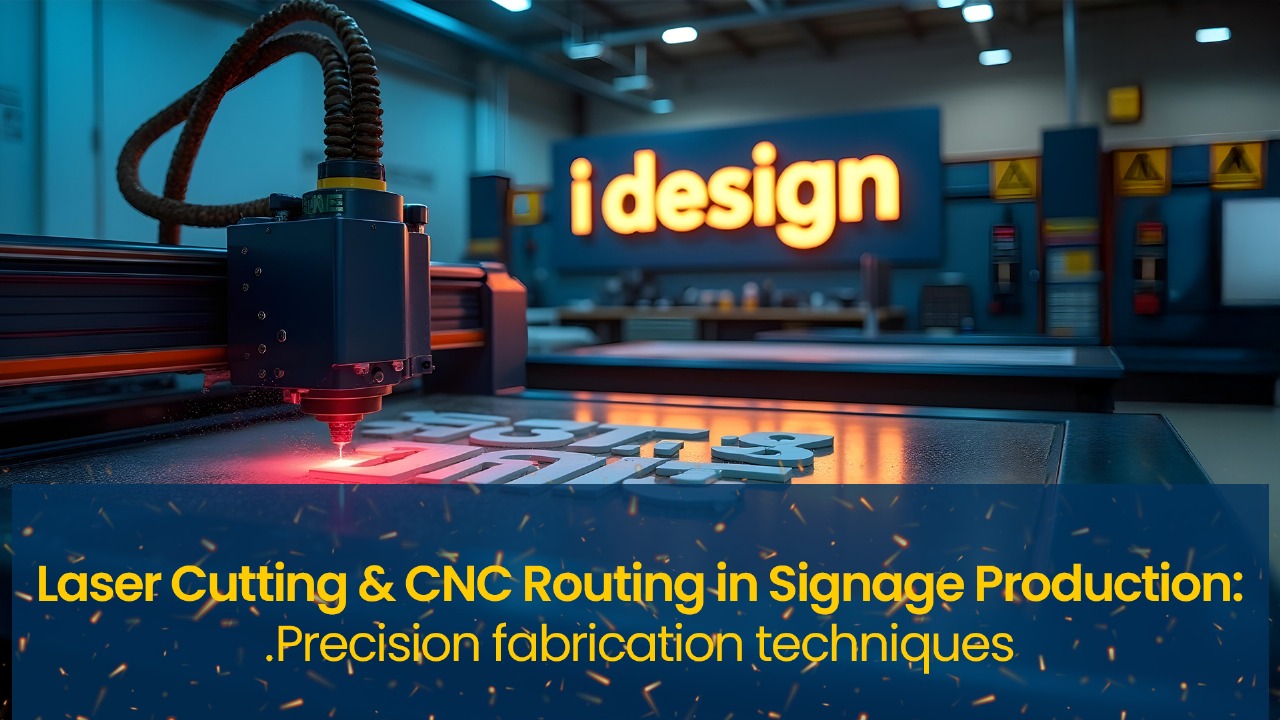
In today’s fast-paced world, first impressions are everything—and signage often speaks before your brand does. Whether you’re walking past a trendy boutique or entering a modern office, eye-catching signs grab attention and convey professionalism. But what goes into crafting those sleek, flawless designs? Two fabrication techniques—laser cutting and CNC routing—have transformed the way signs are made, offering exceptional precision and creative freedom.
In this post, we’ll explore how laser cutting and CNC routing work, the materials they’re best suited for, their roles in signage production, and how they help businesses stand out.
What is Laser Cutting in Signage?
A concentrated beam of light is used in laser cutting to cut through a variety of materials without coming into direct contact with them. Because it yields incredibly precise and clean cuts, this technique is particularly well-liked in the signage sector.
Sign makers can create complex, detailed designs with polished edges thanks to laser cutting’s accuracy, which is ideal for companies looking to project a polished, businesslike image. There is very little chance of breaking delicate materials because there isn’t a real blade involved. This method is frequently applied to substrates made of acrylic, MDF, wood veneer, stainless steel, and even plastic.
One of the standout benefits of laser cutting is its efficiency. It’s fast, produces minimal waste, and works seamlessly with design software, making it ideal for custom or one-off signage projects. Whether it’s elegant lettering for a boutique storefront or custom cut-outs for illuminated signs, laser cutting offers flexibility and finesse.
CNC Routing: The Digital Milling Technique
CNC routing adds strength to the table, while laser cutting is excellent at precision. A revolving cutting tool that physically chisels into materials using a digital file is called a CNC, or computer numerical control. For 3D signs and projects that call for depth or multi-layered textures, it’s the preferred choice.
Hardwood, foam board, PVC, HDU (high-density urethane), and aluminum composite panels are just a few of the substrates that CNC routers can work with. The ability of CNC routing to produce tactile signage and deep engravings, like dimensional letters, monument signs, and sturdy outdoor displays, is its true strength.
CNC routers can create durable, long-lasting signage that is ideal for outdoor or high-traffic areas because they come into physical contact with the material.
How Do They Compare?
Laser cutting and CNC routing are both indispensable in the sign-making industry, but they serve different purposes. Laser cutting is ideal for intricate, high-precision cuts—especially with thinner materials like acrylic or veneer. Its non-contact process ensures a clean, smooth finish, perfect for elegant, professional signs.
On the other hand, CNC routing is preferred when dealing with thicker or more rigid materials. It’s also ideal when creating 3D or layered signage, thanks to its ability to engrave and shape materials in depth. CNC’s strength lies in structure, while laser cutting wins in detail.
If your sign requires a polished look with detailed designs, laser cutting is your best friend. For rugged, dimensional signage that needs to withstand weather or heavy use, CNC routing is the better option.
Applications in Signage Production
Laser cutting is often used to create precise acrylic signs, backlit lettering, stencils, and decorative elements that require a smooth, flawless finish. It excels in indoor environments and for companies that want sleek branding details.
CNC routing, in contrast, is the backbone of large-format and outdoor signage. It’s commonly used for crafting dimensional letters, monument signs, directional signs, plaques, and layered logo displays. It delivers strength and visual impact—great for long-term branding solutions.
Many sign-making projects use a combination of both techniques. For example, a business might use CNC routing to shape the base of a sign and add laser-cut letters or logos on top for extra detail.
Why These Techniques Matter for Your Brand
Beyond their advantages in manufacturing, laser cutting and CNC routing give brands a creative edge. These tools give marketers and designers the ability to fully customize their work, enabling companies to use their signage to express their values and individuality.
Scalability is possible with both approaches, ranging from individual custom orders to large production runs. By optimizing sheet usage and minimizing material waste, they also support sustainability. Most significantly, the finished product always appears polished, professional, and sharp, increasing the visibility and credibility of your brand.
Choosing the Right Technique for Your Signage
When deciding between laser cutting and CNC routing, consider the material you’re using, the design complexity, and where the sign will be placed. If your project involves intricate, artistic cuts in acrylic or veneer, laser cutting is ideal. If you’re working with thick materials or want a sign with depth and dimension, CNC routing is the better fit.
You can even use both techniques in a single project to get the best of both worlds—precision and strength.
Frequently Asked Questions
It depends on the project. Laser cutting is typically faster for detailed work, while CNC routing can be more cost-effective for bulk or large-scale signage.
Yes. Many high-end signs combine CNC-carved bases with laser-cut overlays to achieve layered, professional designs.
Absolutely. Both processes result in clean, durable signage that’s perfect for indoor or outdoor use.
Simple projects can be completed within hours, while complex signs may take a few days, depending on the design and materials.
Sign makers usually require vector-based files such as .AI, .SVG, or .DXF to ensure precision and compatibility with machine software.
Conclusion
Signage is more than a label—it’s a visual ambassador for your brand. Thanks to laser cutting and CNC routing, businesses today can craft signage that’s not only beautiful but also functional, durable, and aligned with their identity.
Whether you want delicate acrylic lettering or bold dimensional signage, understanding these fabrication techniques ensures your next sign makes a lasting impact. Partner with a sign-making team that uses both laser and CNC technology, and you’ll have the creative freedom to bring any branding vision to life.
Post a comment Cancel reply
Related Posts
How Quality Signage Improves Business Visibility in Dubai
An understanding of how attractive signage boosts brand visibility and draws customers in a competitive…
The Ultimate Guide to Signboard Types for Dubai Retail Stores
Choosing the Right Sign to Match Your Brand and Location In Dubai’s vibrant retail landscape,…
Benefits of LED Advertising Screens for Dubai Businesses
The New Face of Urban Advertising You’ll notice that Sheikh Zayed Road, Downtown Dubai, and…
Top 10 Signage Trends in the UAE for 2025
Signage has evolved into more than just a marker in a city where every corner…
